What?
Let’s start with what ‘Number Bonds’ are.
Simply – a number bond is a pair of numbers. Think bond = glue/link. The bonds are two numbers which make another number. So 2 and 1 are a number bond that makes 3.
The most common number bonds that are taught are Number bonds to 10, Number bonds to 20 and Number bonds to 100. Here we are just going to focus on bonds to 10. Children will start learning these number facts from Reception and will really focus on bonds to 10 in Year 1 and 2.
There are 11 different number bonds to 10:

These are all of the number bonds to 10.
Why?
That’s just adding I hear you cry!! Yes, you are right it is adding but it’s adding special sets of numbers. Number bonds are important because if they are learnt well they can hold the key to children (and adults) knowing lots of number facts automatically. If we know all of our number bond to 10 it means we can add up in our heads without having to worry about counting on our fingers. Lots of maths jargon links to knowing facts and having a good memory for them.
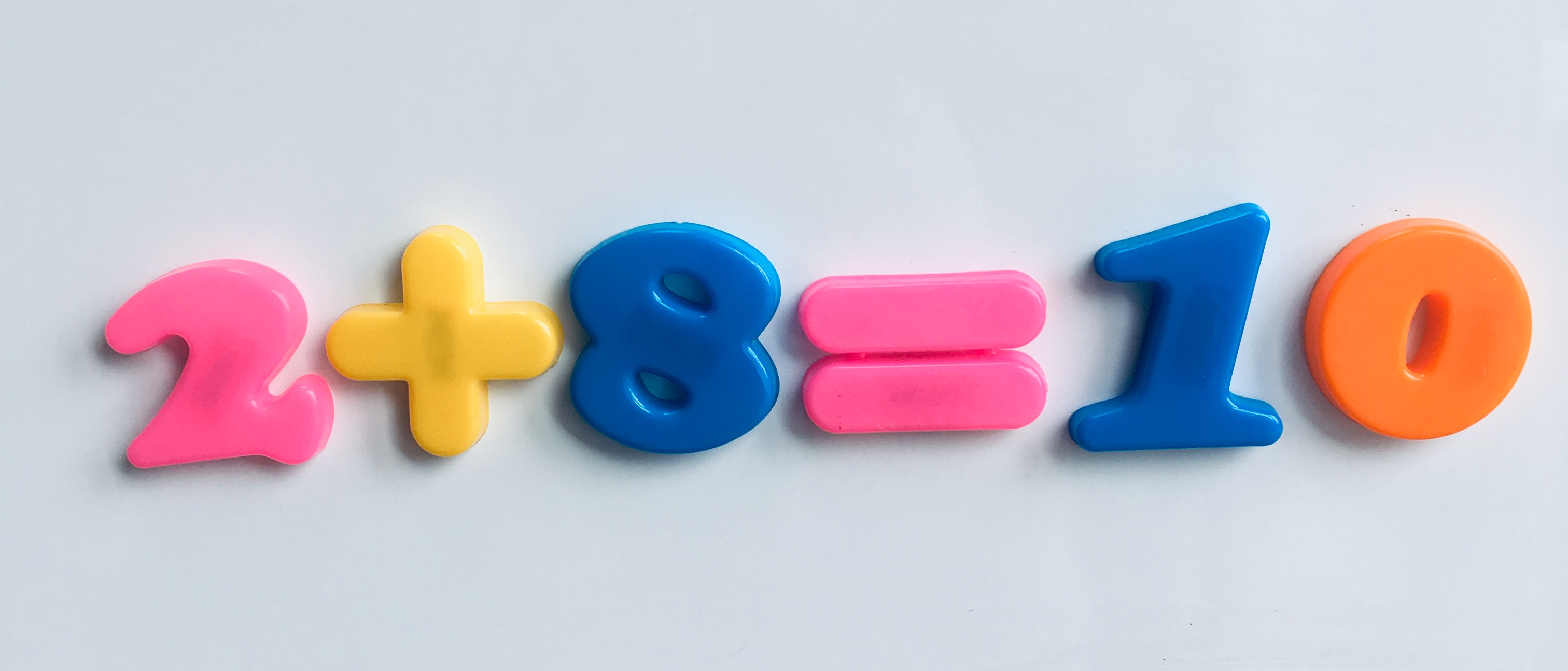
Here 2 and 8 are bonds to 10
How?
Being tasked with helping your child to learn number bonds, if you have no flipping clue what they are, is no mean feat! Don’t panic, number bonds can be learnt in lots of fun ways and with objects at home or some specialist maths resources. Here are a few practical ideas to help your child learn their number bonds and also a fun online game!
Free stuff:
Missing Number bonds – Set up some objects or draw some on paper, you could use stickers too if you’re a crafty sort. Ask your child to find out how many more they need to make 10 (or whichever number you are trying to find bonds to.)
For example, “There are three cups but we need 5, how many more do we need?” That’s a number bond to 5! Knowing the amounts is more important than writing the numbers down but if you want to you can write the matching sum for them or they can write it as 3 + 2 = 5. The picture on the right needs 3 + 7 = 10!


Out and about – spot numbers or sets of objects and ask what goes with the number to make 10 (or another number bond.) “There are three birds in the tree, what does 3 go with to make 10?”
Number Bond shop – Set up a shop and ask your child to spend 10p or 20p. Find ten items and write prices on them. You will need a 1p,2p,3p,4p two 5ps, 6p,7p,8p and 9p. They have to spend 10p each time so they can choose the two items that go together to make 10p, for example beans are 7p and cucumber 3p. Make sure you have two things that are 5p if you want them to find all of the pairs!
Bits to buy:
Magnetic number sets – You can buy maths sets pretty cheaply which can be used to practise number bonds, magnetic ones are good if you have a fridge or magnetic white board at home. This sort of thing: Magnetic Set
I’ve seen cheaper versions in the supermarkets too! This is just an example. You can also use magnetic numbers to set up the sums.
Use the pictures or numbers to set up sums that your child can finish. You could give options for the answers like here:
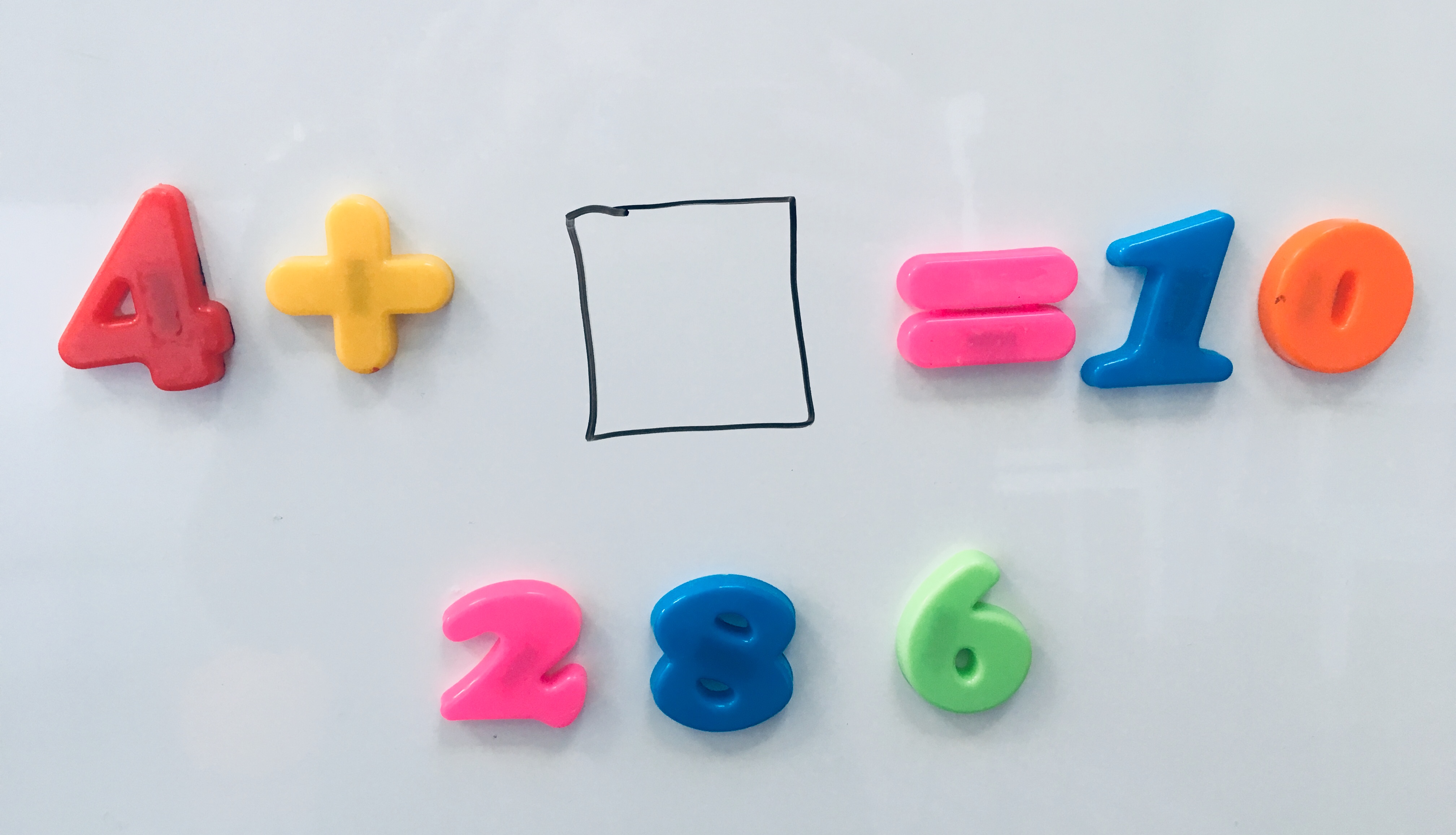
Here they can choose which number goes in the space.
Or in the pictures below they can write in the spaces.
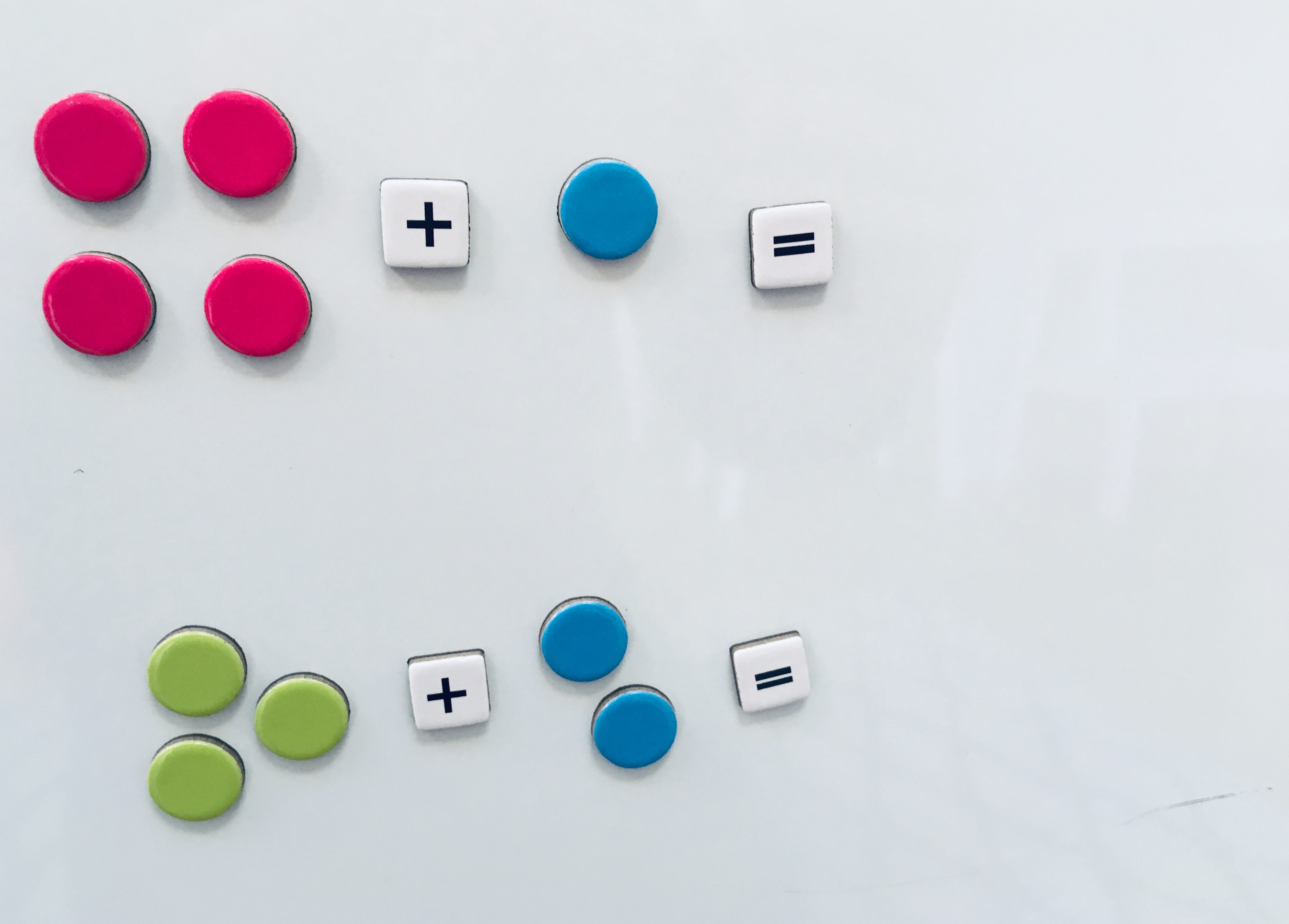
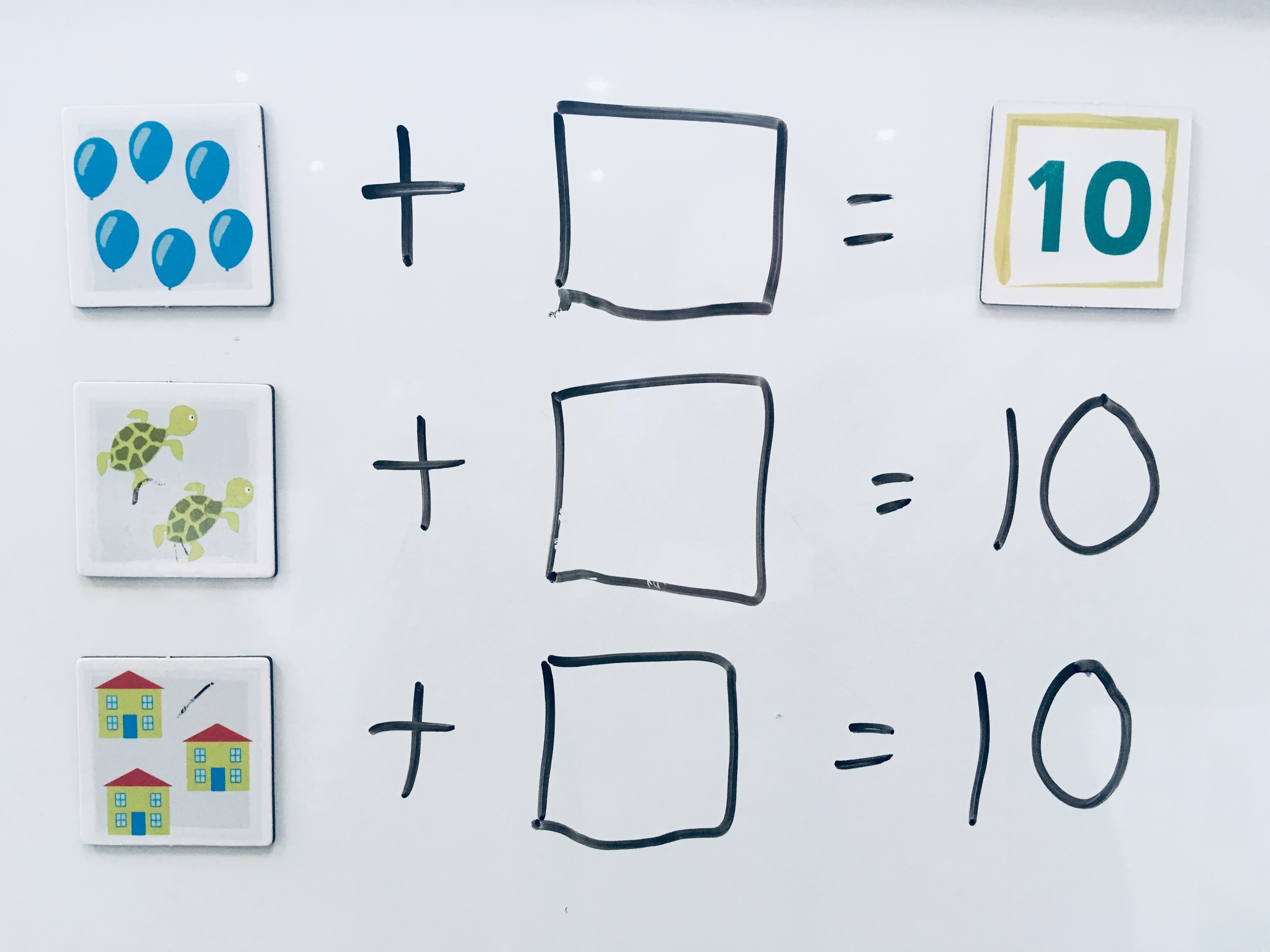
Numicon – Numicon is a great resource if you want to invest in something for home. Basically Numicon is different coloured shapes for each number. You can match the numbers together to make 10 (number bonds to 10.) You can get a simple kit for about £30 or splash out on an ‘at home kit’ for about £50 which gives games and ideas to use.
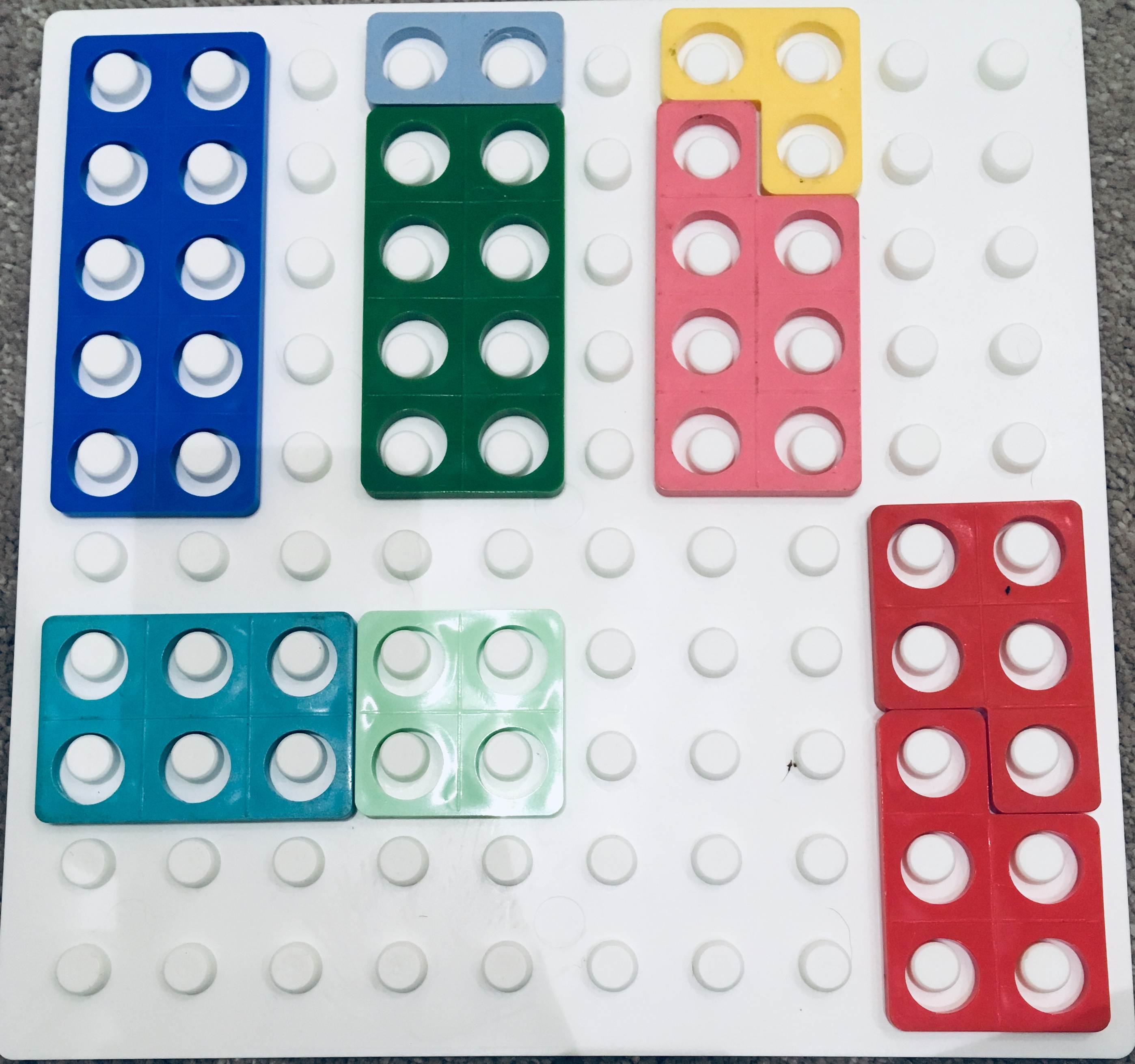
Here are some links to easy online games.
Save the whale is a free online game to help remember those bonds up to 10. You can change the total number using the arrows so children in Reception could practise bonds to 5.
Funky Mummy lets you choose the right answers for number bond sums. This game has loads of different settings so you can practise bonds to 20, adding, subtracting and even halving and doubling.
Hit the Button is a timed game where you have to choose the right number to make 10. This game also has options to practise other maths skills.
We hope this has helped to demystify number bonds in some way. There are more ideas on our instagram page for how to help your children learn these valuable facts. Any questions ask us in the comments or contact us via instagram!

